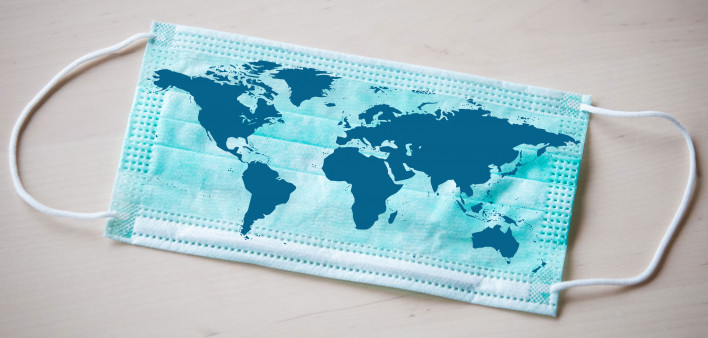First, some good news: Thanks to The Global Fund to Fight AIDS, Tuberculosis and Malaria, 21.9 million people were on HIV treatment last year, an 8.8% increase from 2019, despite the COVID-19 pandemic.
But 2020 data show a decline in most every other measure of success for the Global Fund’s programs, according to findings compiled in the 2021 Results Report.
Must Read: New report from @GlobalFund shows COVID has severely set back the fight against H.I.V., TB, and malariahttps://t.co/haxNkQhFB8
— (RED) (@RED) September 8, 2021
“To mark our 20th anniversary, we had hoped to focus this year’s Results Report on the extraordinary stories of courage and resilience that made possible the progress we have achieved against HIV, TB [tuberculosis] and malaria over the last two decades,” said Peter Sands, the Global Fund’s executive director in a statement about the report. “But the 2020 numbers force a different focus. They confirm what we feared might happen when COVID-19 struck.”
The report details a decline in HIV testing and prevention services among vulnerable populations as well as the “catastrophic impact” of COVID-19 on the fight against TB. The Global Fund’s efforts to combat malaria weren’t as compromised as its work fighting the other two diseases. (More details about TB and malaria programs are included in the report and executive summary.)
Working together @GlobalFund partnership has saved 44 MILLION lives since 2002. But for the first time in Global Fund history, key programmatic results for HIV, TB and malaria declined. #COVID19 is derailing progress. We cannot let that happen. https://t.co/Ex6aEXxKxS pic.twitter.com/qlKYke3fb3
— The Global Fund (@GlobalFund) September 8, 2021
Founded in 2002, the Global Fund is a partnership between government, civil society, the private sector and people affected by HIV, tuberculosis and malaria. Last year, it invested about $4.2 billion in efforts to eradicate the three preventable diseases and an additional $980 million in the global COVID-19 response; the United States is the largest donor to the Global Fund.
The executive summary of the 2021 Results Report summarizes the state of the fight against HIV in this paragraph:
The Global Fund provides 25% of all international financing for HIV programs. AIDS-related deaths have dropped by 68% since the peak of the epidemic in 2004 in countries where we invest. Eight countries have surpassed the UNAIDS “90-90-90” testing and treatment targets; however, most countries have missed this target. While more people are on treatment than ever before, the number of infections isn’t dropping fast enough—and COVID-19 interrupted critical testing and prevention activities, particularly for key and vulnerable populations who are most at risk of contracting HIV.
In addition to helping 21.9 million people get on HIV treatment, the Global Fund helped 104 million people get tested for HIV last year (a 22% drop from last year due to COVID-19) and reached 8.7 million people with HIV prevention services, an 11% decline from 2019.
New @GlobalFund Results: 21.9 MILLION people received lifesaving HIV medicine in 2020. But #COVID19 is rolling back progress, especially for vulnerable populations. Testing for HIV fell 22% in 2020. We cannot lose ground. https://t.co/qJi8uZEnRv pic.twitter.com/kKDgOFfepq
— The Global Fund (@GlobalFund) September 8, 2021
But a view of the Global Fund’s accomplishments over nearly two decades offers much better news. By the end of 2020, programs supported by the Global Fund partnerships had saved 44 million lives. And the number of deaths attributed to AIDS, TB and malaria have plummeted 46% since 2002 in the countries where the Global Fund invests.
In related news, see “United Nations Adopts New Goals to End AIDS by 2030,” “Good and Bad News About Global Rates of HIV, Viral Hepatitis and STIs” and “How Do 50 Global Cities Rate in Key Areas of LGBTQ and HIV Health?”







Comments
Comments